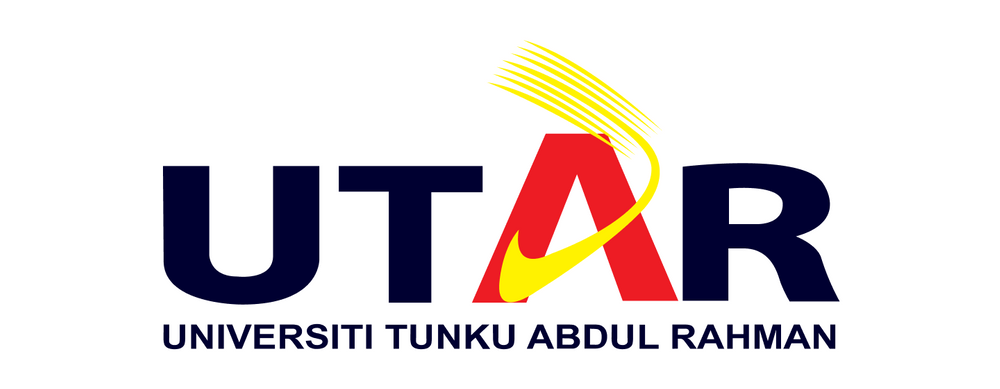Nemu Gelang Wewengkon Desa lan Karang Paumahan of Bayung Gede as an Ecology-Based Local Wisdom
Abstract
Bali has unique methods to preserve environment sustainability, for example: folklore, legend, tale, custom and concept that contain prohibition to do particular activities that could damage the environment. One of the ancient villages (Bali Aga) that has ecology friendly concept is Bayung Gede. This article tries to find how an ecology-based local wisdom evocation can sustain the environment in a growing rural area, especially in Bayung Gede. This article uses a qualitative method through observation and interview. Nemu Gelang refers to the layered green open space arrangement, which has architecture-profane and sacred functionality, on almost entire direction forms a series of layered “green barrier” which is called Nemu Gelang. The existence of these layered open spaces, in the traditional settlements known as "Nemu Gelang Desa" (the center of desa adat/indigenous village where Paumahan/settlements and Pura Kahyangan Tiga/3 village’s cardinal temples are located), while in the realm of the indigenous village area is called “Nemu Gelang Wewengkon Desa Adat”. Beyond the architectural functions, of the existence of these green open spaces remain sustainable for the future because: (i) Some are sacred (on all Setra/Graves and the Mertiwi temples) and (ii) all trees should not be hewn down and protected by Awig-Awig (village’s custom) certain with sanctions. The indigenous villagers of Bayung Gede strive to establish a harmony relationship with these green outdoor/spaces by obeying prohibition and Awig-Awig, and the final hope is that nature will provide protection and welfare for them. Although there are progress and development that changes the village physically, the society of Bayung Gede can sustain their environment through local wisdom evocation.
References
Adiputra, I. G. N. T. (2017). Dwitya A Tunggil Sebagai Basis Permukiman Bali Aga di Desa Adat Bayung Gede Kecamatan Kintamani Kabupaten Bangli Provinsi Bali. Universitas Gadjah Mada, Yogyakarta
Adiputra, I. G. N. T. (1999). Rumah Tinggal Tradisional dan Lingkungannya di Desa Adat Pengotan, Bangli (Kajian Hubungan Sistim Sosial-Budaya dengan Arsitektur). Universitas Gadjah Mada, Yogyakarta
Gelebet, I. N. (1986). Arsitektur Tradisional Daerah Bali. Denpasar: Departemen Pendidikan dan Kebudayaan
Haq, Atiqul Shah Md. (2011). Urban Green Spaces and an Integrative Approach. Journal of Environtmental Protection, Vol II (5), pp. 602-608. DOI: 10.4236/jep.2011.25069
Meganada, I. W. (1990). Morfologi Grid Pattern Pada Desa di Bali. Institut Teknologi Bandung, Bandung
Moleong, L. J. (2018). Metodologi Penelitian Kualitatif Edisi Revisi. Bandung: PT Remaja Rosdakarya
Rakhshandehroo, M., Yusof, M. J. M., Arabi, R., Parva, M., Nochian, A. (2017). The Environtmental Benefits of Urban Open Green Spaces. Jurnal Alam Cipta, Vol 10 (1), p.11-16
Riyanto, R.A., Subekti, R. (2023). Impementasi Kebijakan Penataan Ruang Terbuka Hijau di Kabupaten Purbalingga. Jurnal Pacta Sun Servanda, Vol IV (1), pp. 156-168
Runa, I. W. (2018). Arsitektur Publik Bali Kuno dan Sistem Spasial Desa Pegunugan. Denpasar: Udayana University Press
Siregar, M. Y. A. H. (2014). Fungsi Ruang Terbuka Hijau dalam Tata Ruang Kota Ditinjau dari Perspektif Hukum Administrasi Negara (Studi Kasus Pemerintah Kota Medan). Jurnal Hukum dan Negara, Vol. II (2), pp. 1-6.
Uthama, I. B. A. (2015). Seri I Arsitektur Tradisional Bali, Filosofi, Konsep dan Aplikasi. Surabaya: Paramita
W. R. O. f. Europe. (2016). Urban Green Space and Health. Copenhagen: WHO Regional Office for Europe.
 Abstract viewed = 7 times
Abstract viewed = 7 times
 PDF downloaded = 7 times
PDF downloaded = 7 times









